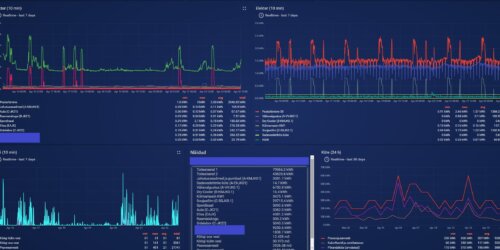Construction of measuring systems
If a project has been prepared for the measurement system or it is a simpler solution, where it is not necessary to prepare a previous project, the construction of the system can be started after signing the contract.
The process begins with ordering the necessary material and inspecting the installers to specify the nature of the installation, if necessary. Once the devices are present, the installing of them can be started and the measurement network built. After installing the equipment, a central unit must be installed, after which the system can be set up. Equipment installation and system configuration can also take place in parallel.
The process ends with the allocation of accesses, data visualization, integration of environments, remote reading service and use of the system.
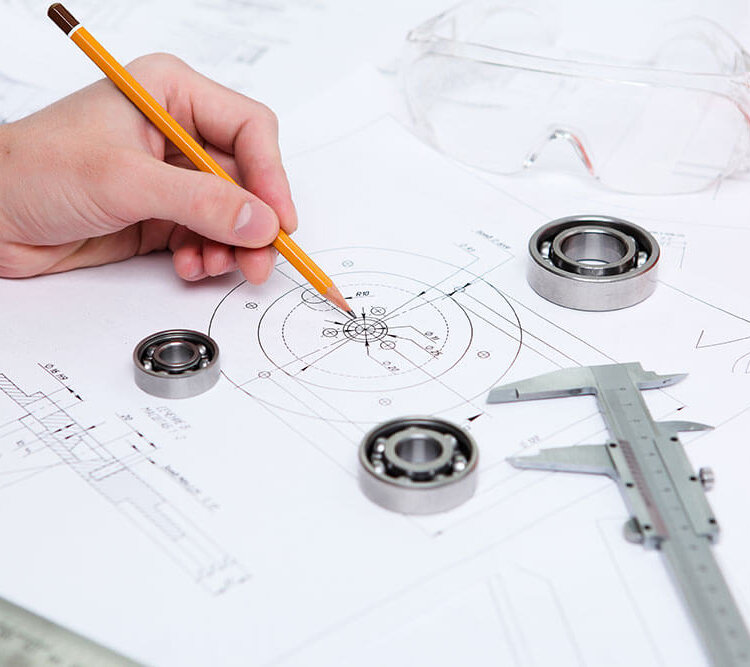
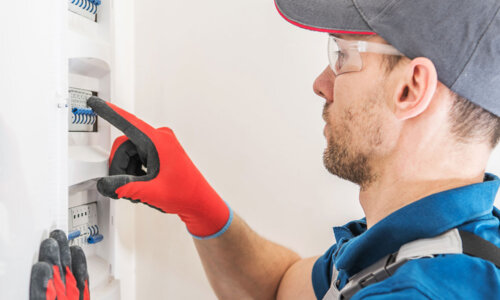
Building process
- Signing a contract.
- Delivery of materials.
- Measurement network construction and equipment installation.
- System configuration.
- Preparation of enforcement documentation.
- Data visualization and integration of environments.
- Remote reading service.
Selection of the equipment and capability play a key role!
- Meters: heat, electricity, water, gas meters, indoor climate loggers, etc.
- Protocols: pulse, M-Bus, Wireless M-Bus, Modbus RS485, Wireless Modbus, Sigfox, LoRa, Bacnet, BMS, etc.
- Abundance of parameters: reading, current, instantaneous power, temperatures, currents, voltages, frequency, active and reactive energy, harmonics, etc.
- Wired or wireless solution.
- Compatibility of the factory settings of the meters with the remote reading system.
- Software solutions used and integration with the measurement system: data in tabular form, EMS software, accounting software, BMS system, etc.
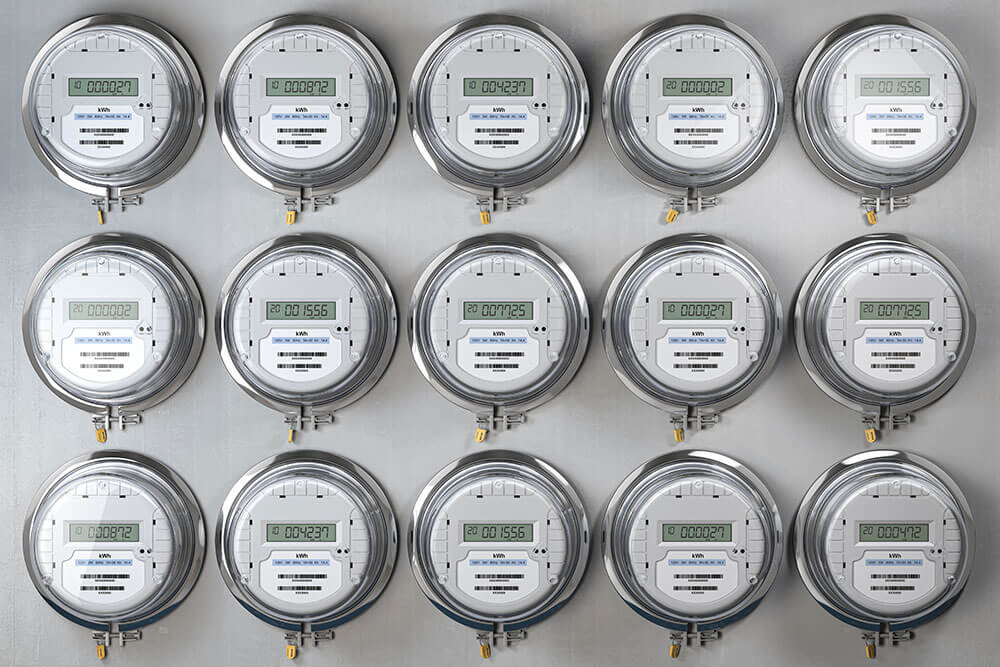
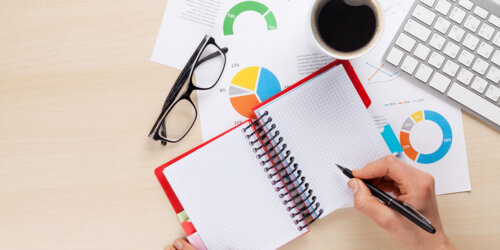
The output of the system is a remotely readable metering system, through which data from the meters is collected, transmitted encrypted to the cloud server and stored.
Basic functionality includes a monthly tabular report with readings and consumption, and access to a remote reading system where the sample can be monitored and retrieved in real time.
Depending on the need, additional functionality can be implemented by creating a modern visualization to display the data, interfacing the measurement system with a building automation system or exchanging data with third-party software, such as accounting software, EMS (Energy Management System) software or others. We have an interface with Korto, Hausing and EcoSCADA softwares and we are ready to implement new interfaces. The interface with the Estfeed platform allows to request hourly data on the main electricity consumption in software (data arrival with a delay of up to 48 h).
